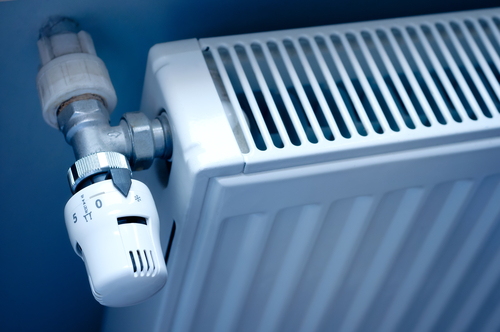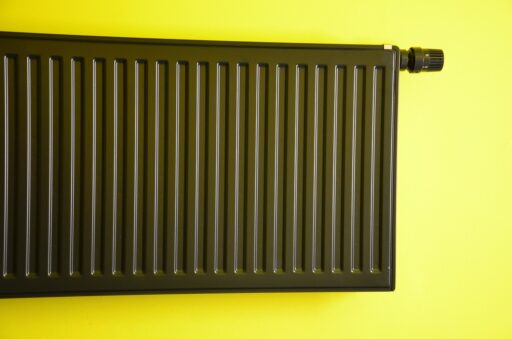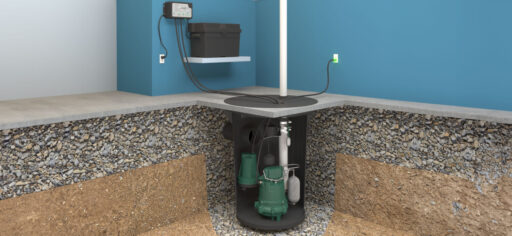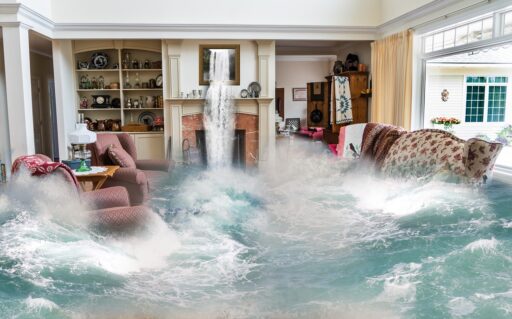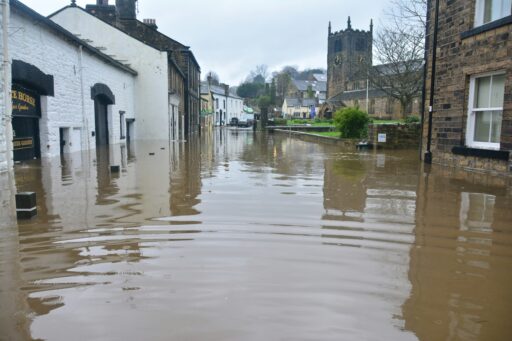Central heating makes a huge difference to how comfortable our homes are in winter. However, installing a central heating system can be quite a large undertaking, especially for those new to the world of boilers and central heating pumps. Here is a rundown of the basic terms that are used when discussing central heating.
Boiler types
Combi (or combination) boiler is one of the most used terms in the world of central heating, as this type of boiler is very popular in the UK. The combi boiler will take care of your general hot water needs and the central heating from one piece of equipment. One of the reasons for the popularity of the combi boiler is its ability to provide hot water almost immediately.
Another type of boiler is the high-pressure system (unvented), which has a separate cylinder for hot water. Then there is also the gravity-fed boiler, which will have a separate cylinder for hot water.
The condensing boiler is often hailed as more efficient and a way to save money on fuel, but it will probably require a condensate pump and a drainage pipe.
Domestic hot water
Also known as DHW, this indicates what part of the boiler system is being discussed. The hot water is one part of the system, and the central heating is the other. With a combi boiler, the hot water is produced inside the unit. With other types of boiler, the hot water is contained in a storage cylinder.
Bar pressure
This is an important part of the combi boiler system. A gauge measures the pressure in the combi boiler’s sealed circuit, which requires a certain level of bar pressure to work.
Flow rate
This is a measure of the combi boiler’s performance. It quantifies the delivery of hot water – that is the amount of hot water flowing to a tap from a boiler.
Flue pipe
This is an essential part of the boiler. It carries boiler emissions to the exterior of your property and safely discharges them outside.
Central heating pump
This is a pump that moves water around within your central heating system. The central heating pump forces hot water to make the journey from your boiler through the radiators and back to the boiler again. When water leaves your boiler, it is at a high temperature. As it moves through the system, the water will cool down, and the latent heat that is transferred into the air heats the room. When the water is pumped back to the boiler, then the process begins again.
Condensing boiler
This is a type of boiler that condenses water vapour in the boiler’s exhaust to recover some of the energy already used and thus achieve greater fuel efficiency.
Condensate pipe
This allows by-products of the boiler, such as alkaline water or condensate, to be conducted into a drain. As it is a conduit to the exterior, it is possible that this pipe can freeze in winter, and so adequate insulation must be installed to prevent this happening.
If you are thinking about installing a central heating system, the best idea is to consult boiler experts such as our team at Pump Sales Direct. We can help you ascertain what hot water and heating system best suits your household and what will fulfill your needs.

